
Children definite motor problems were more likely to have psychotic experiences compared to children with no definite motor problems.


Children definite motor problems were more likely to have psychotic experiences compared to children with no definite motor problems.

The strongest confounders were family income, caregiver education, and ADHD polygenic risk scores for ADHD clinical range diagnoses.

This brain imaging study was the first to look at the position of depression and systemic inflammation in brain measures while including the largest sample of patients with psoriasis to date.
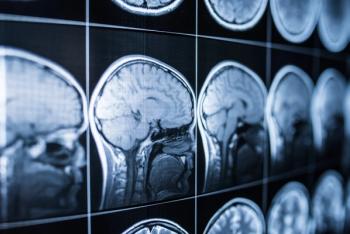
In a recent study, investigators found that life-threatening neurologic conditions from severe acute COVID-19 were more frequent in 2021 than 2020.

In a recent study, patients with low amounts of screen time following concussion had similar rates of symptoms as those with high amounts of screen time.
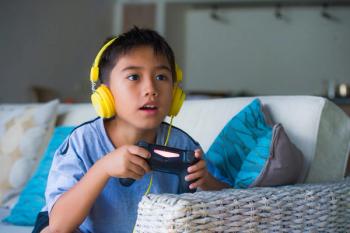
In a recent study, children who played video games had greater brain activity compared with those who did not play video games.
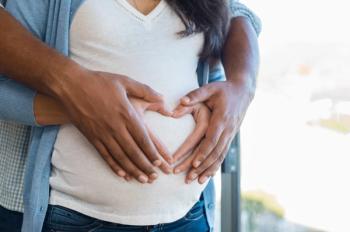
Although crude results of a study showed risk of neurodevelopmental disorders doubling when exposed to antidepressants during pregnancy, these results were not observed in a fully adjusted analysis.
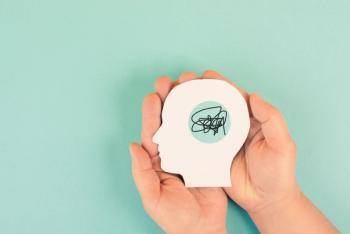
Researchers have found that maternal antenatal corticosteroid treatment can lead to increased risk of psychological developmental and neurosensory disorders in children.
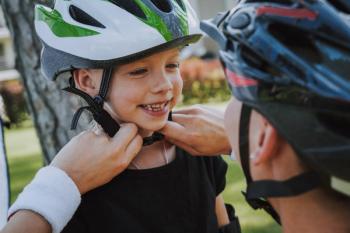
The American Academy of Pediatrics reminded parents of the importance of helmet use and encouraged helmet use discussion with their children.

Smoking tobacco should cease during pregnancy, according to The Journal of the American Medical Association.
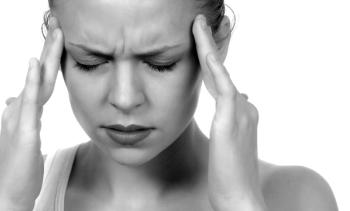
More than 60% of adolescents felt that it was more important to measure decreases in the frequency and intensity of headaches in terms of severe headaches/spikes rather than total headache days.
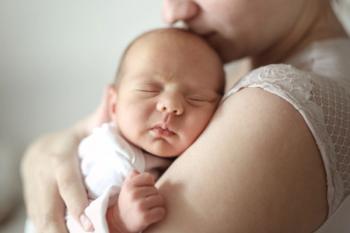
Data from the RAINBOWFISH study and a large-scale extension, FIREFISH, were the basis for risdiplam’s expanded indication, which now includes babies with SMA under 2 months old.

A look at what the Contemporary Pediatrics® team covered this week.
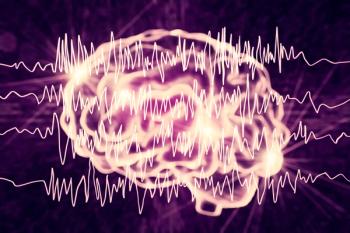
In total, 14% of those on antiseizure medication who did not receive periconceptional folic acid experienced preterm birth compared with 5% of those with supplementation.
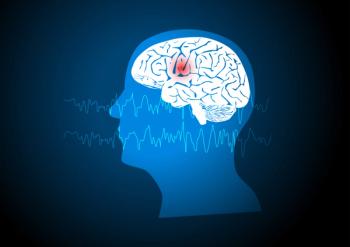
Since its approval for the treatment of medical refractory epilepsy in 2013, the closed-loop neuromodulation device has had its efficacy and safety confirmed in several pivotal studies and will now be assessed in focal epilepsy in the RESPONSE trial.

Researchers are attempting to determine how pediatric visual impairment caused by damage to the brain is different from visual impairment at the level of the eye.

When an infant presents with fractures that suggest possible abuse, but appears to be neurologically fine, clinicians should make sure to rule out occult head injury. A report looks at whether many children’s hospitals are routinely following this guidance.

Repeated concussions have been linked to severe negative neurological outcomes. Is there a similar experience with repeated impacts on the head during contact sports?
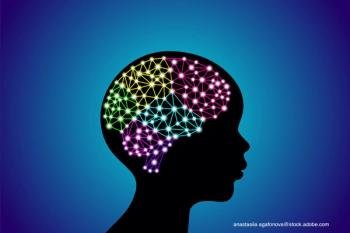
A new study examines how weight gain in utero and during infancy can impact brain volume in childhood.

The caregiver's understanding of a child's condition can positively impact care. What can lead to this understanding with cerebral palsy?

For monitoring epilepsy, long-term monitoring can be effective without requiring the time and cost of a hospital stay.

Neighborhood disadvantage can lead to suboptimal health outcomes in children. Is this true for brain structure and neurocognition?

A study looks into the neurological and psychiatric aspects of COVID-19 infections.

A clinical trial can offer a child a chance for relief from painful headaches. An investigation examines whether the benefits of treatment in a migraine study were sustained, even after treatment ended.

Examining 2 of the medications that can be used as an adjunctive treatment for epilepsy.